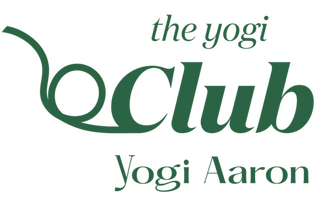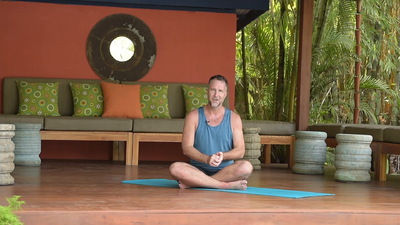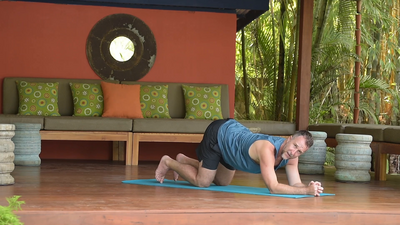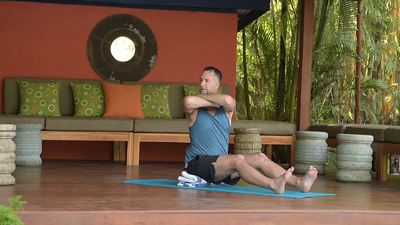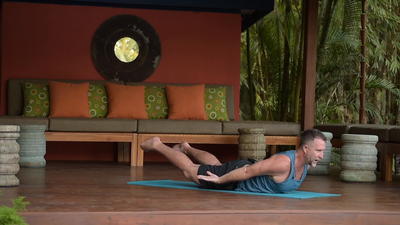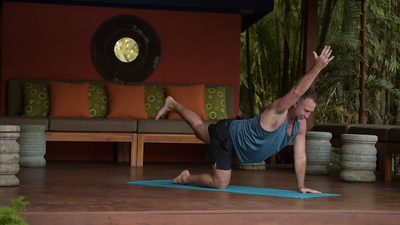- Meditation Practices
- Relaxation Practices
- 20-Minute Practices (Or Less)
- 30-Minute Practices (Or Less)
- 60-Minute Practices (Or More)
- Relaxation Yoga Classes
- Pain-Free Practices (+ Hacks)
- Beginner Yoga: 7-Part Series
- Posture Lab: How To
- Dharma Talks with Yogi Aaron
- Rocket Yoga
- Yoga Flow to Bring Power & Grace with Mimi Rieger
- 7-Day Pain-Free Journey
- Move Smarter With AYAMA™
- Hip Pain: 7-Day Series
- {FREE} Unlock Your Strength + Flexibility
- Neck Pain: 7-Day Series
- Back Pain: 7-Day Series
- Break Free from Pain - 7-Day Journey
- Foot Pain: 5-Day Series
- Hand + Wrist Pain: 5-Day Series
- The Stretching Police: Dismantling the Flexibility Myth
- Posture Lab (How To)
- Beginners To Yoga + AYAMA™
- Runners + Walkers (Muscle activation for)
- Chakra Healing Course
- Morning Routine Course
- Yoga Alignment Course
- Back Health Course To Eliminate Pain
- Yoga Nidra Course
- Handstand (How To)
- Access Personal Power (How To)
- The Energetics of Postures with Karina Mirsky
- Secret To Sequencing
- Stop Stretching Podcast Series
- Workshops
- {FREE} Empower Your Clients Series
- AYAMA Certification Course - Level One
- AYAMA Certification Course - Level Two
- AYAMA Certification Course - Level Three
- The AYAMA™ Online 200-Hour Yoga Teacher Training With Yogi Aaron
- How To Sell Out Your Yoga Retreats
- Business + Marketing Course For Yoga Teachers
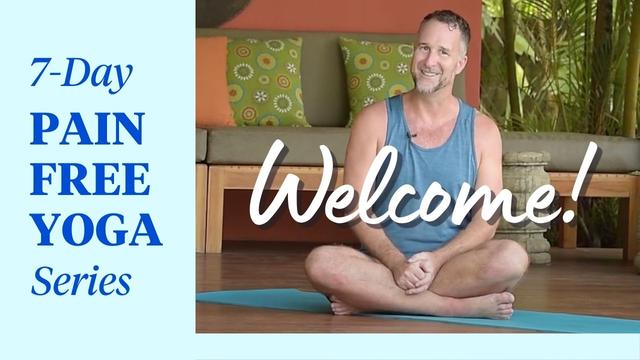
Introduction To Living Pain-Free
Are you noticing some aches, pains, or tightness in your body? Are you aware of your range of motion? Your joint limitations? This 7-Day series will introduce the AYAMA™ and how to use muscle activation to remedy your back pain, strengthen your body's muscular system, and help to correct imbalances. But more, it will show you how to become pain-free.
At The Yogi Club, we believe in the power of pain-free living. Find your happy place with our curriculum, tailored to boost your strength, stability, and flexibility—all while alleviating pain! From quick AYAMA sessions to in-depth training, we offer something for everyone. Start your free 15-day trial of The Yogi Club today to experience the transformative benefits of Applied Yoga Anatomy + Muscle Activation™ (AYAMA).
